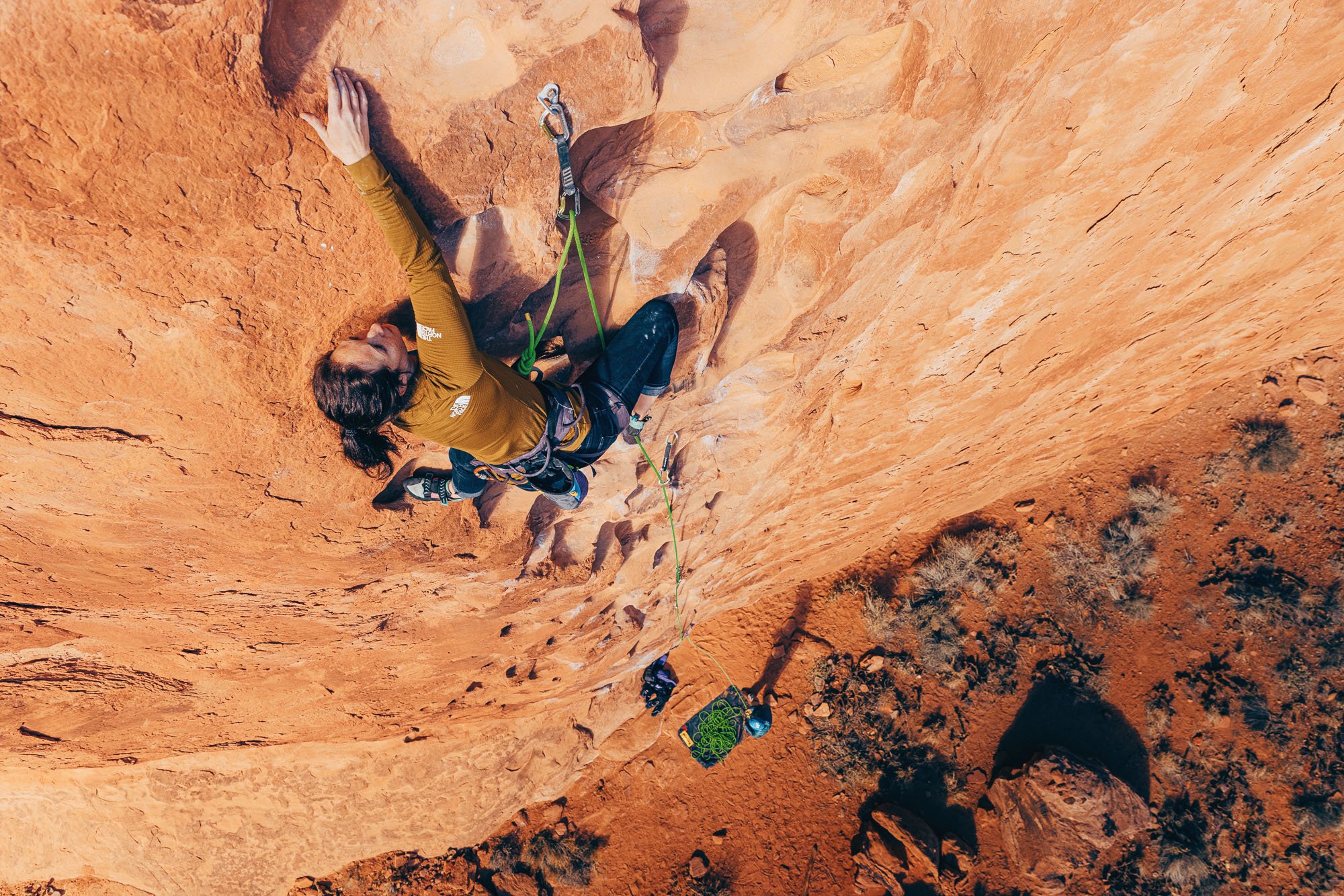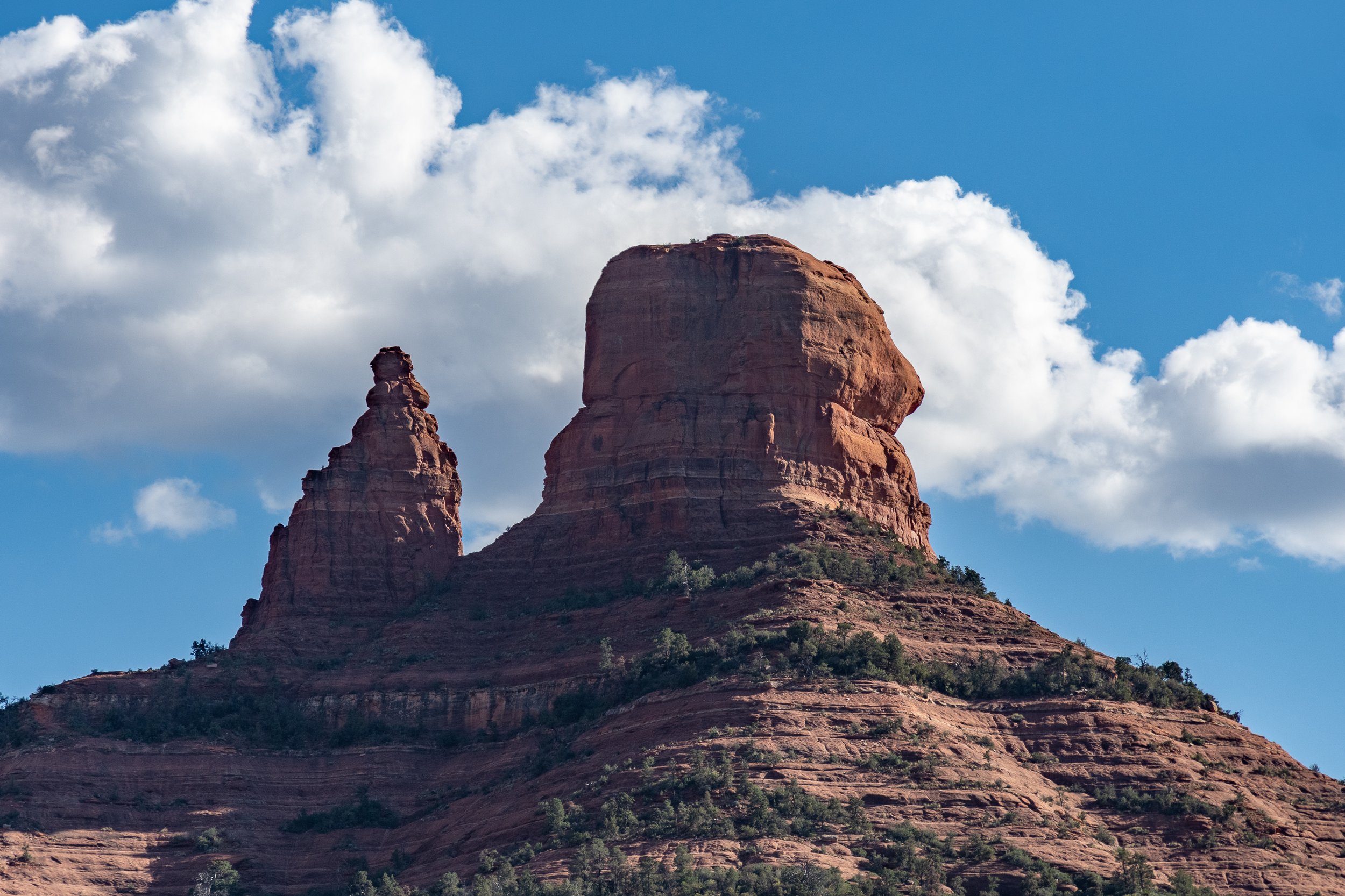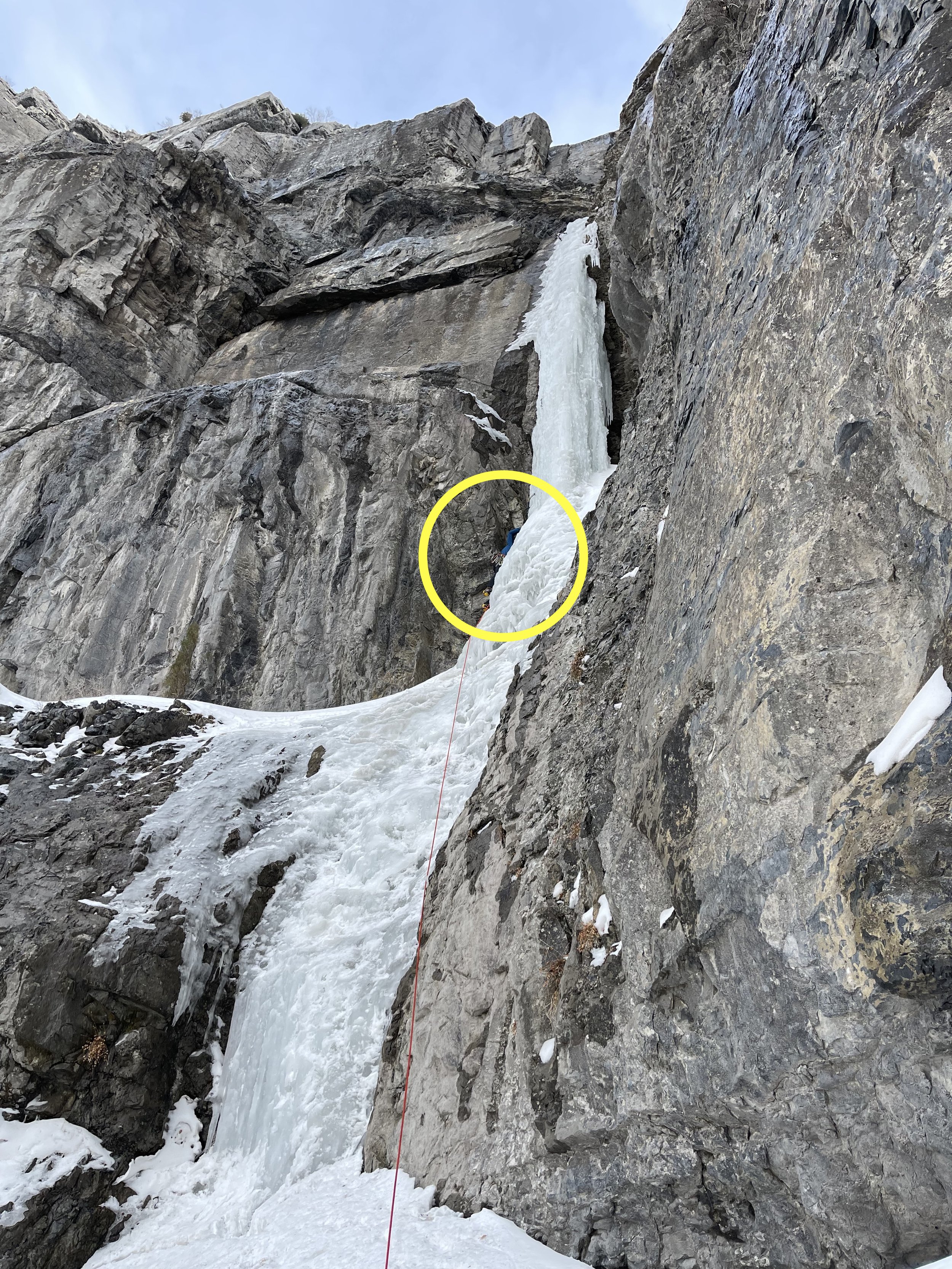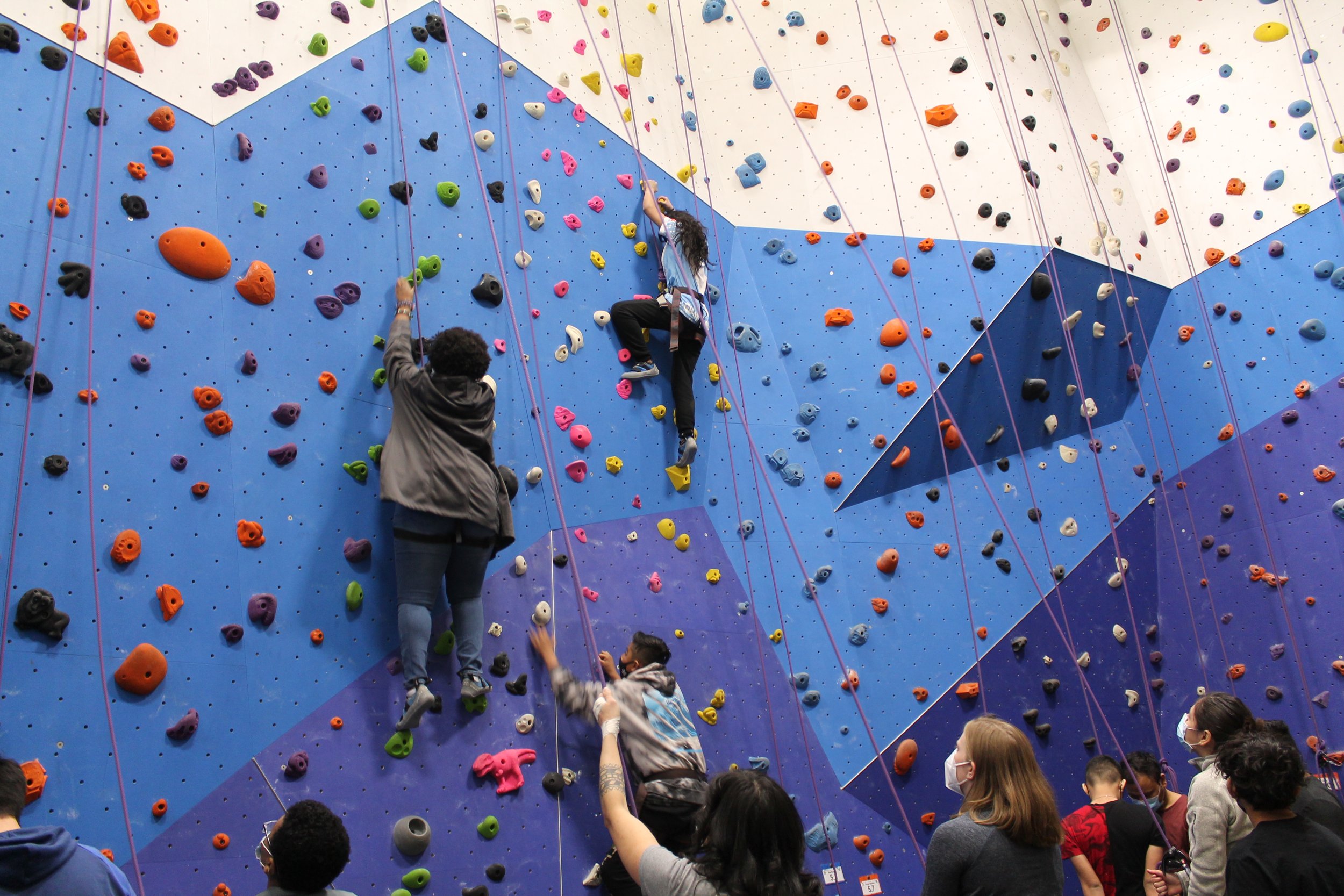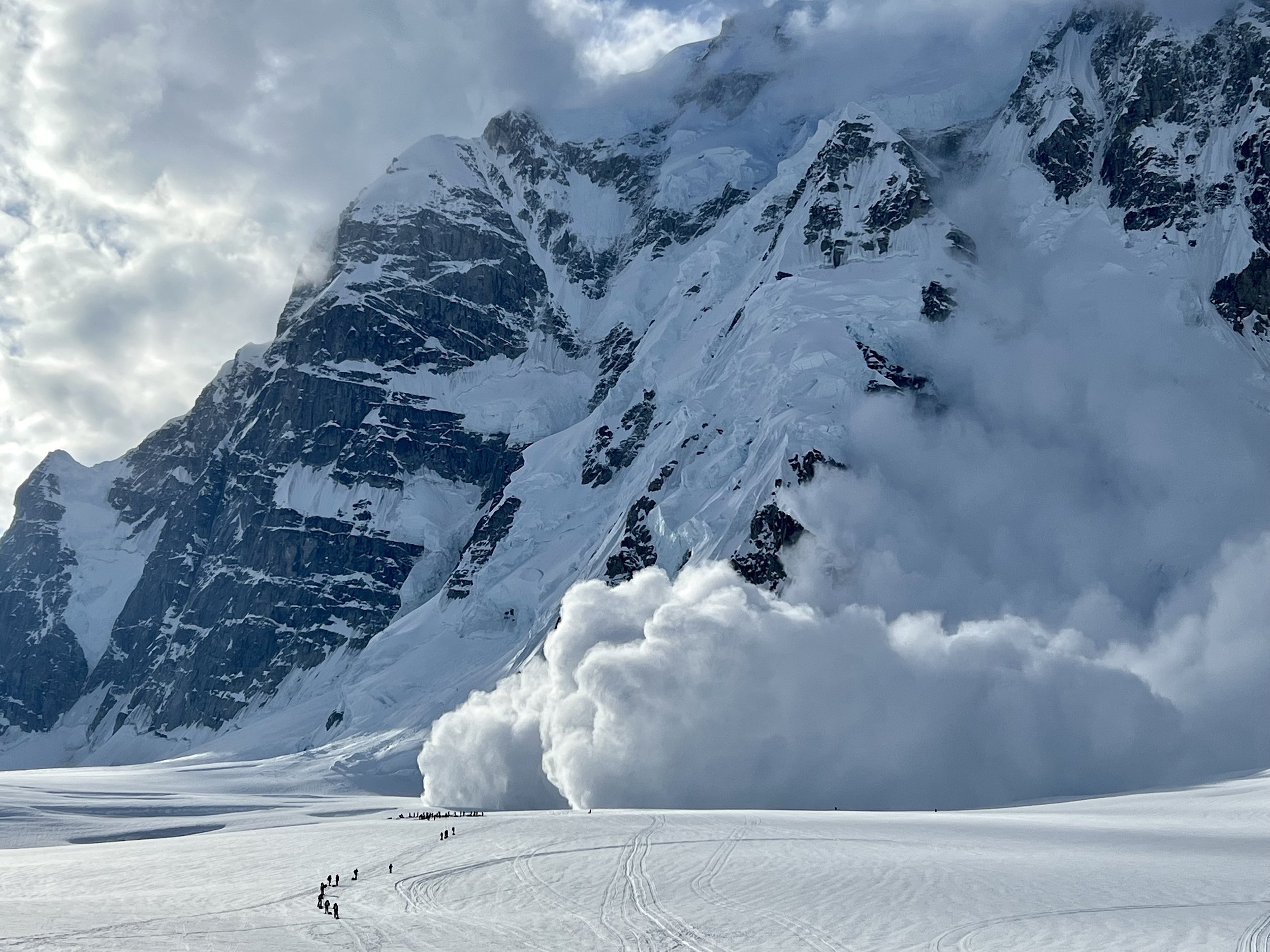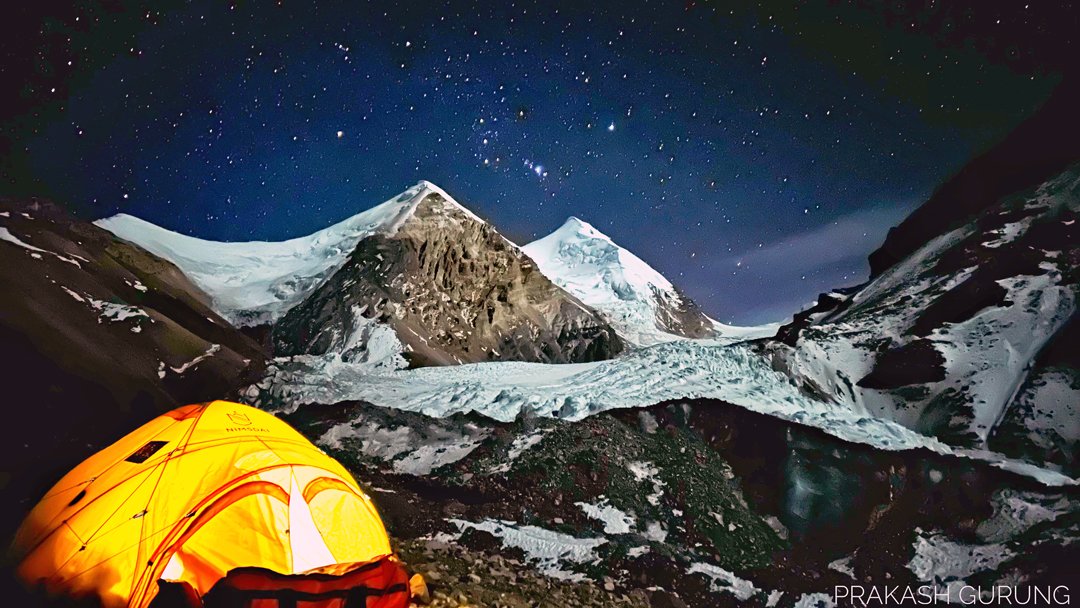For risk to exist, something must be “at risk,” and in climbing this is people, deliberately exposing themselves to avalanche hazard. All people are fallible, and human factors are well-recognized as a major contributor to avalanche accidents. Here are some considerations:
(1) Partners: climb with people you trust and who share your values around risk
(2) Decision-making: trust your instincts and bail if it doesn’t feel right
(3) Trophy hunting: don’t obsess over one climb; have options and let the conditions determine your route
(4) Group size and speed: keep your team small and move efficiently
PUBLIC AVALANCHE FORECASTS
An excellent source of information on local conditions is the public avalanche forecast, found at avalanche.ca in Canada and avalanche.org in the USA. Locals watch the forecast regularly to stay abreast of conditions; start checking it early to get a sense of the snowpack.
Don’t climb in avalanche terrain unless the danger rating is Low or Moderate. When it’s Considerable, avalanches are likely, so now you need to know specific details about the route and what might trigger an avalanche there. If you don’t understand this, then don’t climb there. High and Extreme are obvious—stay out of avalanche terrain.
NATURAL RELEASES AND CLIMBER TRIGGERED AVALANCHES
Many ice climbs form directly beneath large avalanche slopes. To climb these routes, you need to determine whether a natural avalanche will release while you’re there. This is difficult, but the avalanche forecast, weather forecast, and ridge-top weather stations (accessible online) will provide some of the information you need. Always remember that snow depth, wind effect, and air temperature will be much different high above your climb, so don’t be lulled into complacency by snow conditions near your route.
Climbing steep snow is usually part of ice climbing, and this can lead to triggering a slope yourself. Whenever possible, go around snow slopes or cross them as high as you can to reduce the amount of snow above you. If you have to climb directly up the middle of a big slope, the best tactic is to evaluate smaller, safer slopes of similar character to get sense of conditions. Then consider spacing out, going one at a time, or belaying, even if the slope is small but the consequences are catastrophic.
CARRY AVALANCHE RESCUE GEAR
If you’re climbing and exposed to avalanche risk, then you should use avalanche rescue gear. If someone gets buried, you have about ten minutes to find them, dig them out, and clear their airway before they asphyxiate. Each member of the team should carry an avalanche transceiver, probe, and shovel. Nobody likes extra weight, so be thoughtful about when and where you carry the gear—plan it out like you plan your rack. Do you only need it for the approach or for the whole route? Maybe take one shovel up the route instead of two. What about the descent?
Even if you’re climbing a route where you think an avalanche would be unsurvivable, somebody will still want you back, which means SAR teams will be searching for you. Wearing a transceiver and using clothing equipped with the Recco system does everyone a favor by making you searchable.
RISK AND REWARD
Good avalanche skills are part of being a solid alpinist and waterfall ice climber. While climbing a great route feels awesome, climbing it in good style and doing everything you can to reduce your risk feels even better. Adding risk without additional benefit is pointless, so learn about avalanches, carry the gear, and respond to the ever-changing conditions.
ABOUT THE AUTHOR: Grant Statham is an IFMGA mountain guide and avalanche forecaster based in Canmore, Alberta. He works with Parks Canada’s search and rescue and avalanche safety programs in Banff, Yoho, and Kootenay national parks.

